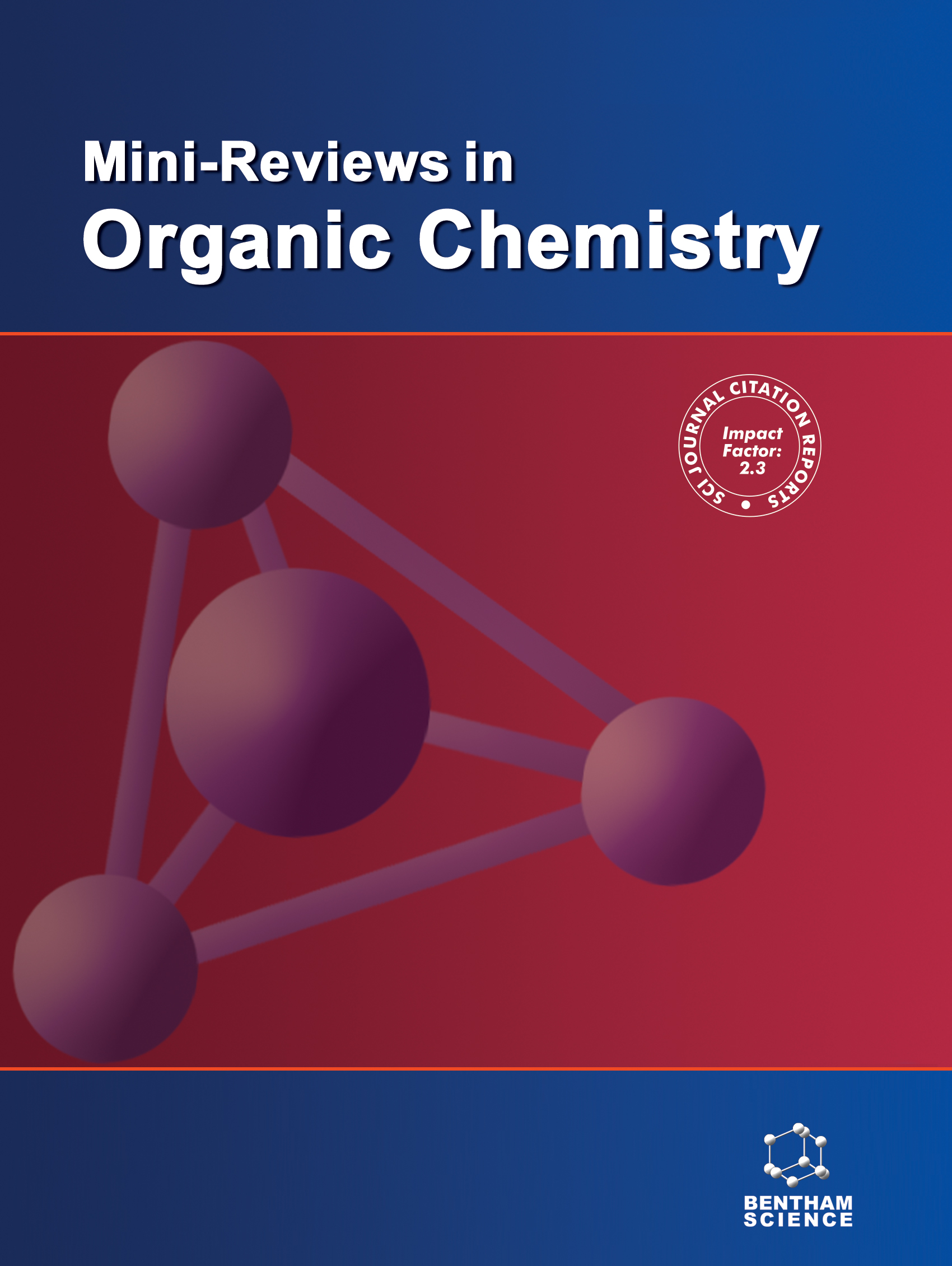
Full text loading...
We use cookies to track usage and preferences.I Understand
Catalytic transformations have been observed in every reaction to provide a specific product and to formulate regio and stereo-selective adducts in well-defined pathways. Among various catalytic processes used in current chemistry, tandem catalysis has been proven to be an effective technology by applying the technology for better and time-saving ways of production. It has shown its usability in various fields of research like organic reactions, inorganic salt extractions, isolation, and purification of intermediates, photoprotection of dye, pigment, and polymer chemistry, specifically in paint industries, biological sequencing and natural product chemistry. Ideally, it is a single molecule conversation to the desired product (beneficial to both research and industries) with many competing effects in spatial arrangement with almost no major equipment in operation. The advantages of tandem catalysis in the field of chemistry (Organic/Bio-chemistry/Polymer chemistry etc.) by utilizing the positive side is a newer way for energetic and favourable technology.

Article metrics loading...

Full text loading...
References


Data & Media loading...

